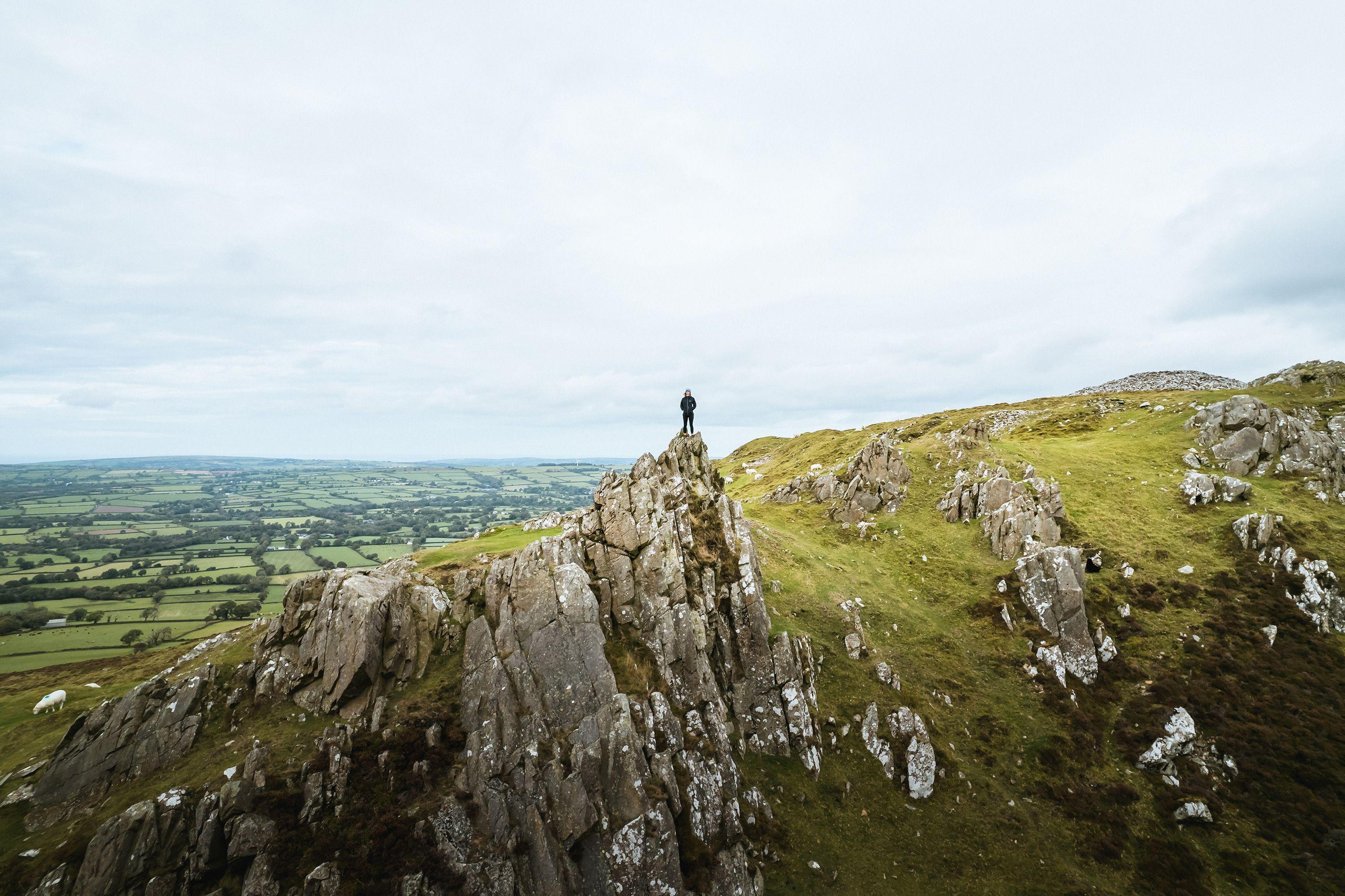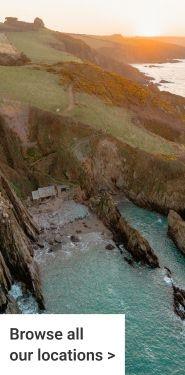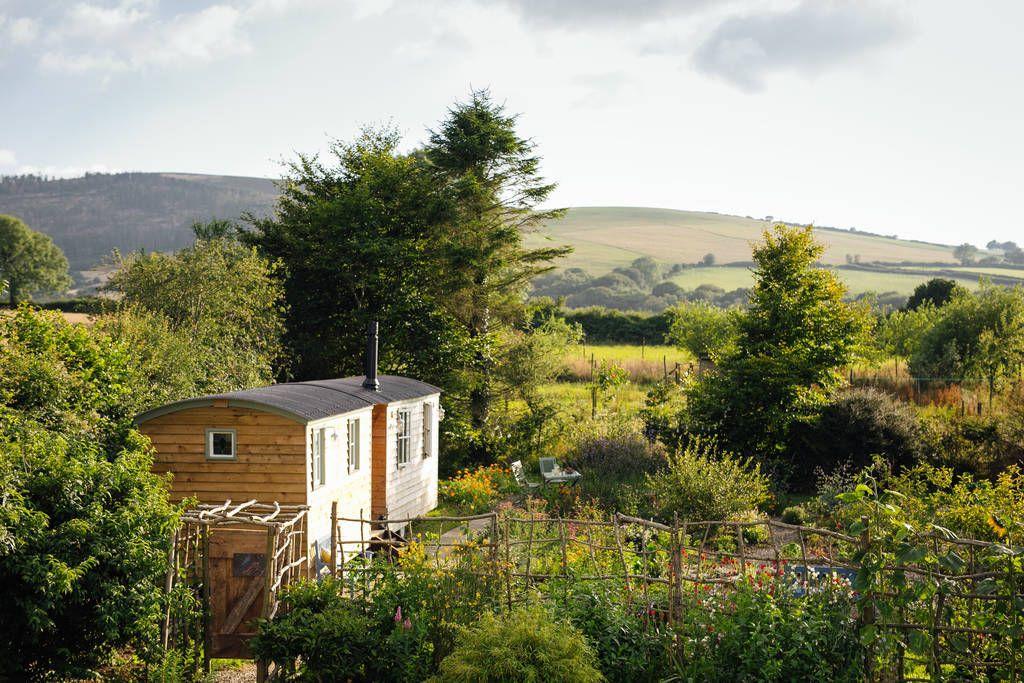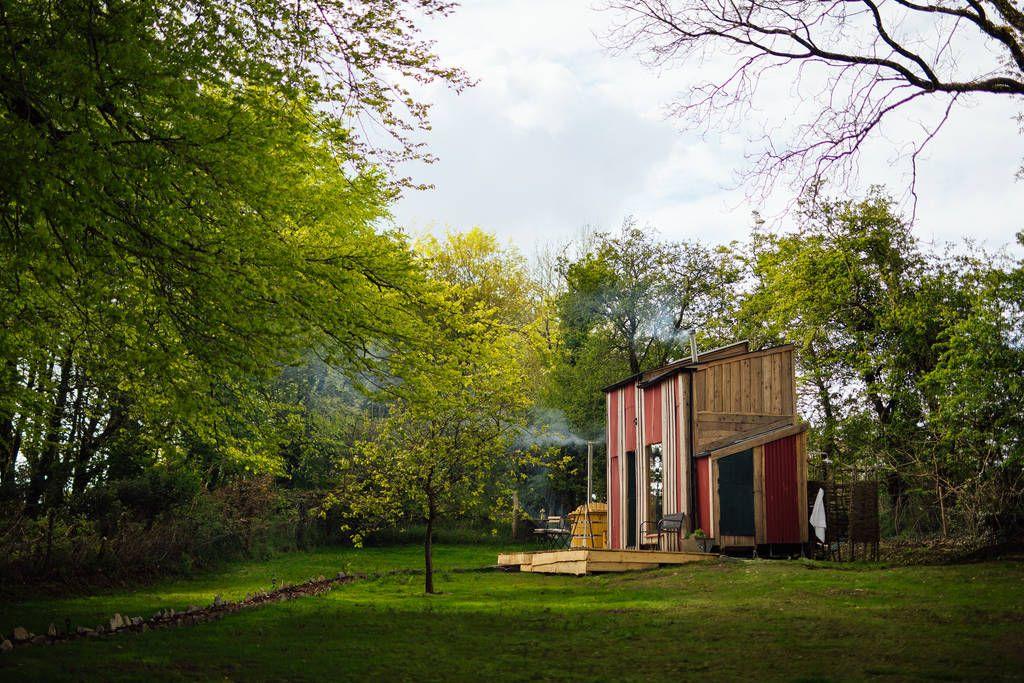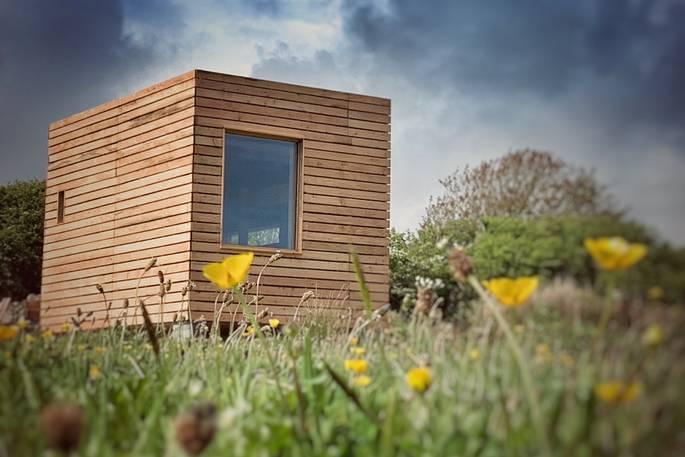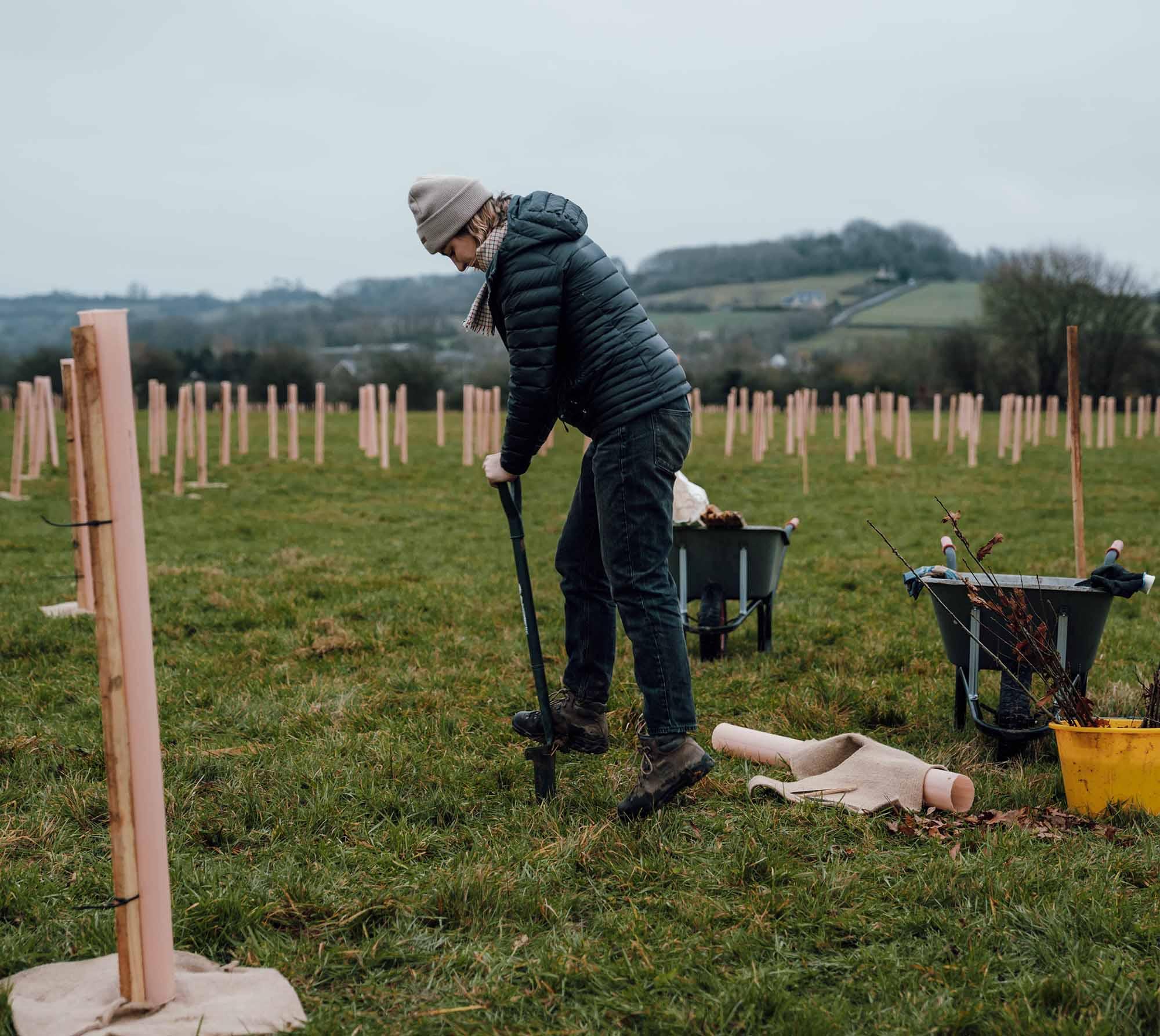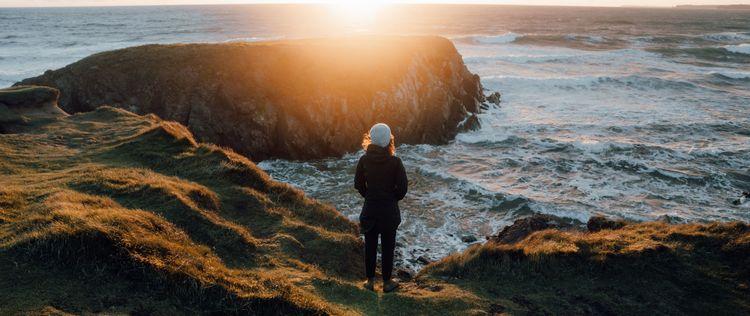
Our wild guide to Pembrokeshire
Ask anyone where the best coast in the world is, and they’ll um, they’ll ahh, and they’ll rattle off a list of Mediterranean or Caribbean beach. But in 2010, National Geographic created a 99 strong list of the best coastal destinations in the world, using a 350-person strong panel to evaluate them for how well preserved and unspoiled they were, as well as their likelihood to remain so. Top of that list, was the Newfoundland and Labrador: Avalon Peninsula – and number two (and not by much) was the Pembrokeshire coast. But what makes this area of the world so great, when the knee jerk beach destination for many Brits, is the South West?
The Potterheads
If you’re unfamiliar with the term, this is the name for the die hard harry Potter fans that now populate almost every country on earth. Those particularly enamoured with the series will likely know the site of Dobby’s Grave – the dunes at Freshwater West. In fact, you can even find it on google maps. If you’re travelling out to see it, just bear in mind this might be the final resting place of the finest of house elves, but it’s also the current resting place for a whole host of wildlife. At the moment, The National Trust Cymru is allowing the shrine to remain there – as long as it doesn’t impact the local environment, so be respectful, don’t leave anything behind and keep your socks on your feet where they belong.
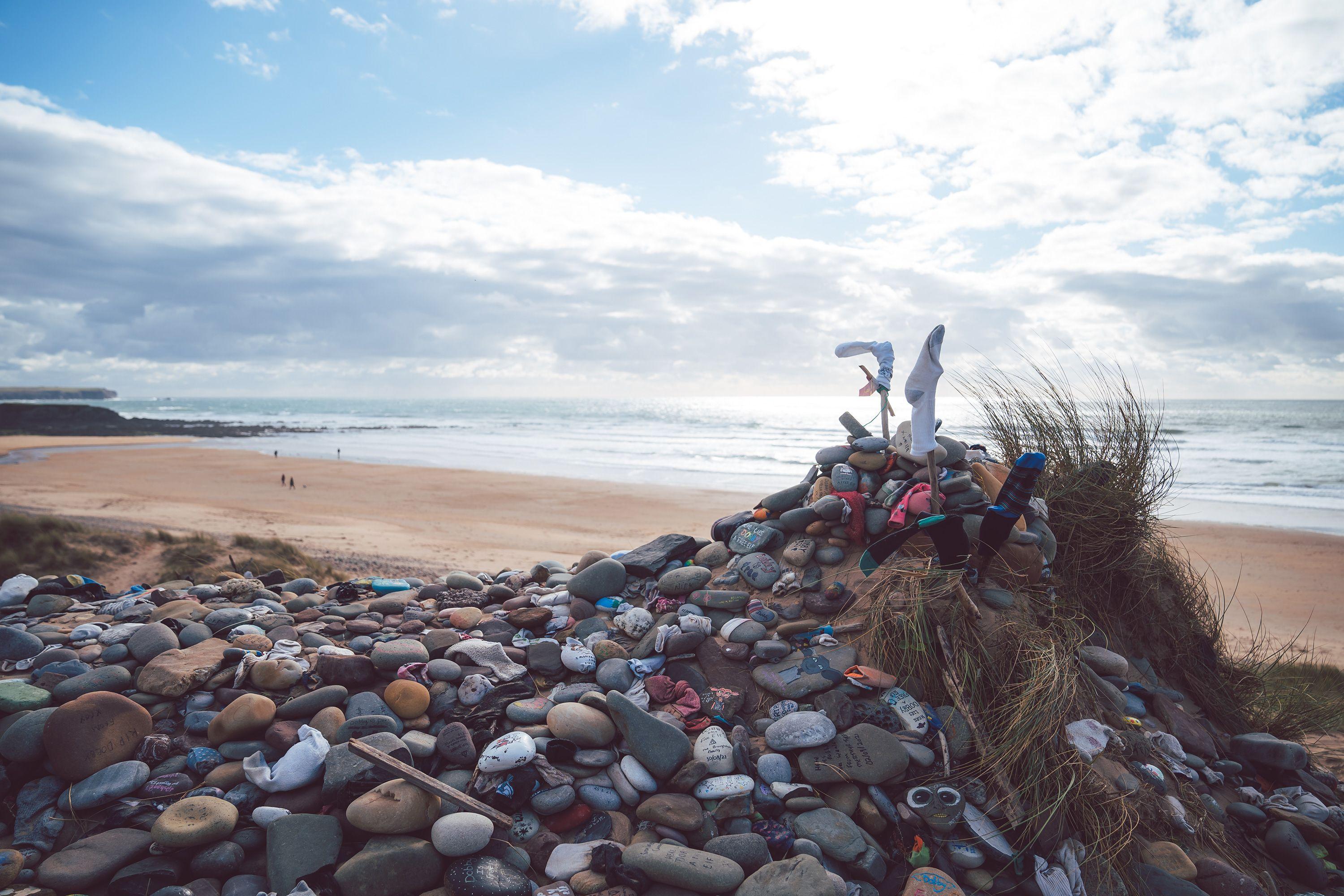
Surf’s Up
Everyone might harp on about the surf in the South West, but the surf in Pembrokeshire is a much better kept secret. Because of its position on the most Westerly side of the UK, Pembrokeshire manages to catch the Atlantic Ocean's south-west swell channels -- making many of its 50 beaches an ideal place to catch a little surf. In combination with its incredible standard of cleanliness and preservation of its wild spaces, it can be a great place to hit the waves for a few days. Though there's no shortage of coastline to visit, there's a few standouts that are worth mentioning.
For the inexperienced and amateur surfers, there's Newgale beach. It's easy to access and stay, with three large car parks as well as having the Newsurf company nearby for lessons and rental. The waves here aren't too intense, as it's part of the St Brides Bay, where beaches all along this stretch are sheltered by the Marloes Peninsula. In summer, it's attended by lifeguards, and if you want best conditions, surf directly between low and high tides.
On the mid-level to high level experience, there's Marloes Sands, which sits on the Marloes Peninsula. Because it's sitting directly in the way of the south west swells, it can be a bit more intense than Newgale, but it's pretty remote, so you won't be knocking elbows with everyone else there to catch a wave. This beach is best left for the intermediates and experts, as there can be strong rip currents -- so make sure you're capable enough, and someone's keeping an eye on you.
For the experienced, there's a choice! You could visit Manorbier Beach, which is known for its golden sands that stretch a tiny 140 metres, on the southern coast. The waves here are pretty consistent, but summer can be quite flat. Because of the topography, it offers both left- and right-hand waves -- but beware, there's rip currents, rocks underwater, reef and the shore break dumps pretty intensely onto the pebble bank. This one's for the pros.
The other choice would be Freshwater West, which is sometimes known as Fresh West. The waves here are some of the biggest and most consistent you're going to get out in these parts, and unsurprisingly, it makes the beach quite a popular spot (that and Dobby's grave). Surfers report plenty of tubes to carve, and waves that can reach some intense heights. Whilst it's possible for the inexperienced to give this one a go, it can get rippy here any time of the year, so either go during lifeguard season -- and take some advice, or leave it to the seasoned vets. If you're in need of some lessons, or gear, hit up Outer Reef Surf School.
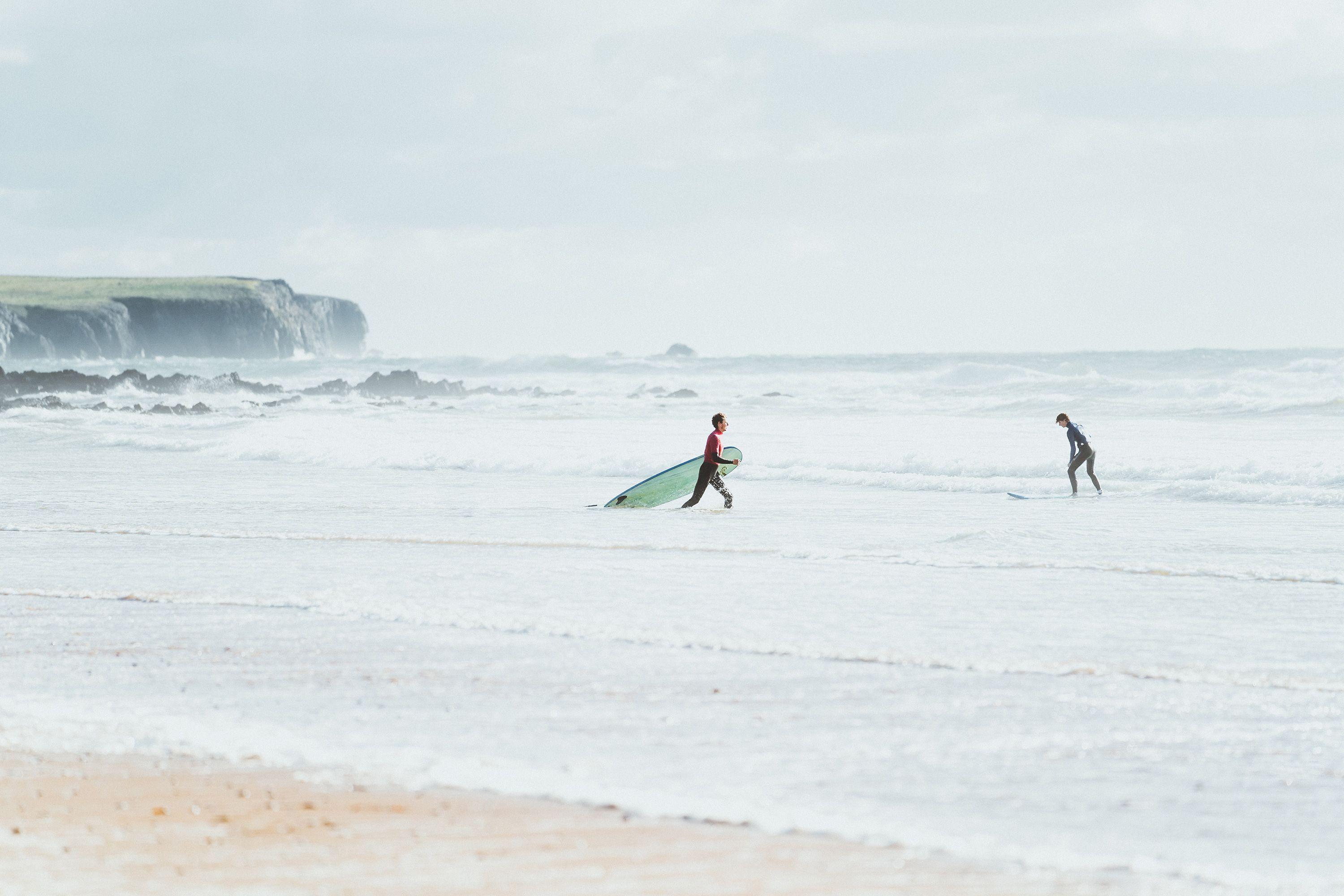
Blue Lagoon – Dinner and a show
On the north-western stretch of the Pembrokeshire coast, you’ll find one of the very few places where a man-made space benefitted nature. Once upon a time, Abereiddy hosted a quarry that once supplied the UK with slate, closing in 1910. Realising its potential due to its incredibly close proximity to the sea (mere metres), local fishermen blasted the wall closest to the sea, and flooded the quarry – making it a 25-metre-deep artificial harbour. Now owned by the National Trust, The Blue Lagoon has been used by the Red Bull Cliff Diving World Series in 2012, 2013 and 2016, though now is mainly used by adventure groups to practise coasteering and diving.
As of today? The Blue lagoon closes yearly from September to November (check the times on the National Trust site), to allow the breeding seal population somewhere to reside. Other than this adorable reason, the site’s open for people to wild swim and even dive from the 11-metre-high ruined quarry buildings. Just park up at the local Abereiddy Beach car park, take the 5-10 minute walk across the stepping stone coastline path, limber up and get stylised falling.
The best part about clambering into the sea, any time of year, is knowing when you get out, you’re going in search of something hearty and warm. Once you’re back in the car, towelled off with a suitably rad salt-hairdo, take the ten-minute drive northeast to Porthgain for some, well. You can guess what speciality their food is. There’s either the Sloop Inn or The Shed Bistro – and either would be a grand choice. After dinner, you might like to take a look at the stunning little harbour, pop into one of the two art galleries here, and if there’s still some time in the day, take on a little stretch of the Pembrokeshire Coastal Path. You could technically walk here from The Blue Lagoon, but you may well be a little tuckered from the diving exertion.
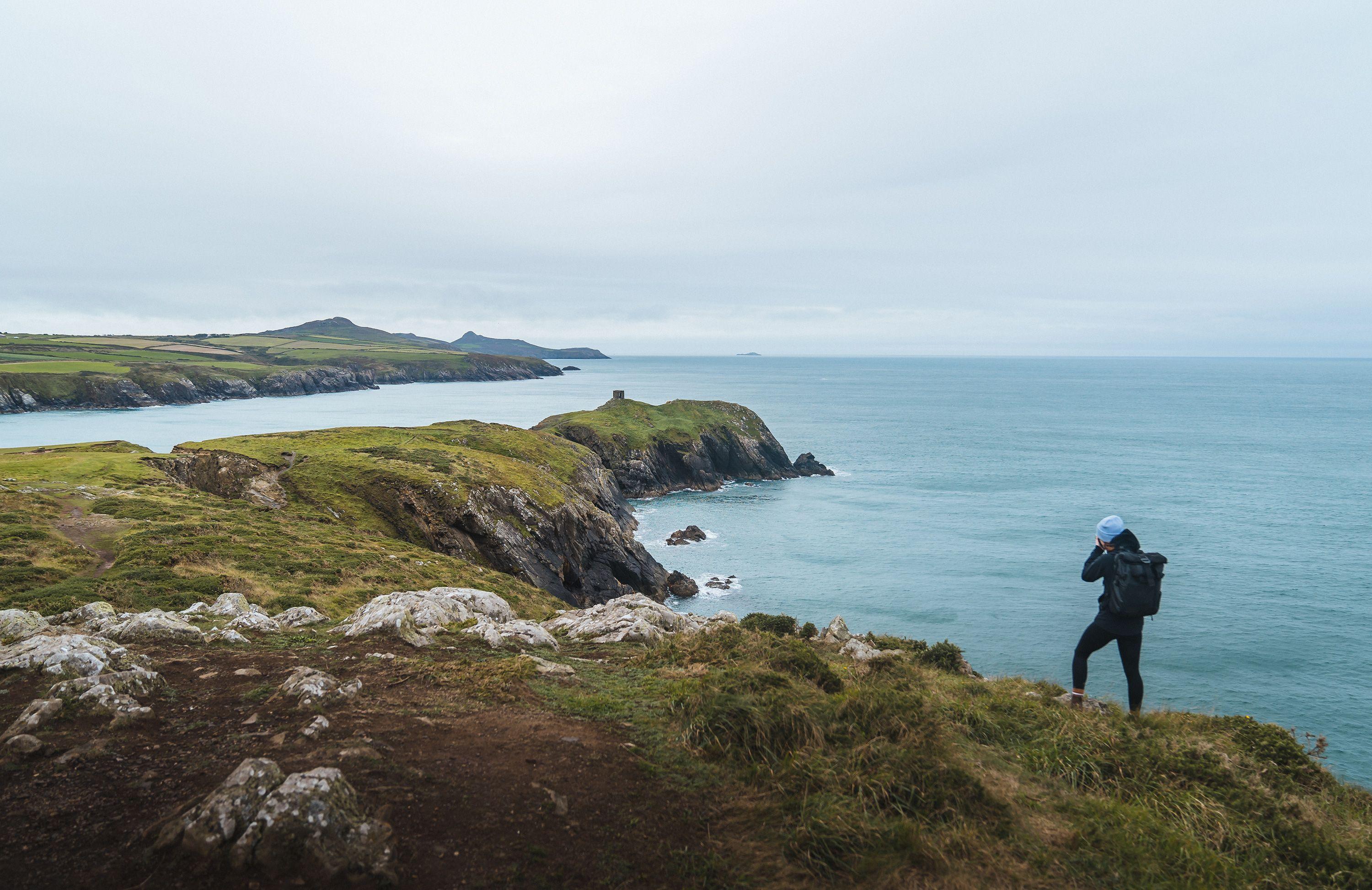
Take a hike
We're not sure what an article from Canopy & Stars would look like without a hike suggestion -- and frankly, we don't want to find out. The issue with Pembrokeshire is not 'what hikes are there', it's 'how do we narrow them down'.
We've already covered the wonderful walk from Porthgain to Abereiddy, but the track you'll walk on happens to be part of the larger Pembrokeshire Coastal Path. It's 186 miles long, stretching some of the most diverse terrain in Britain. It starts in St Dogmaels at the northern end, all the way to Amroth in the south, and is part of both the larger Wales Coast Path (the first coastal path to cover the entire length of a country's coastline) and the International Appalachian Trail (which is as huge as it sounds). This means, no matter where you are on a coastal walk in Pembrokeshire, let alone Wales, it's really all one path. So, you can mix and match, pick stroll over hike, or epic-poem-worthy wander over calm little stroll. It's up to you.
If you're looking for something a little more specific, however, there's plenty of hikes not only on the coast, but in the wealth of wild inland. Take for instance, the Preseli Hills. They rise out of the Pembrokeshire countryside in the north and are a stark contrast to the relative flatness of the south. There's a few impressive walks to take here, the first is up to Foel Eryr -- a 6.1 miles circular walk, which should take about a half day. This will take you on a tour of Preseli, up to the 253-metre summit, where on a clear day, you might well be able to see both Ireland and Snowdonia, but an incredible 360-degree view regardless. The next, is up to the highest point of the Preseli's, Foel Cwmcerwyn. If you follow the 'Rosebush' walk, it'll take you on another tour of the hillsides, starting at the little village of Rosebush. On your journey, you'll touch on 'the golden road' -- 5000-year-old neolithic path, that is believed to be part of the journey for the Stonehenge stones. You'll also take on the Foel Cwmcerwyn hill, which is the highest point in Pembrokeshire, at 536 metres high. Amazingly, the journey is only about two hours, so it's one to take on for just a part of the day, looking to taste a little of the local produce at a pit stop on the way.
